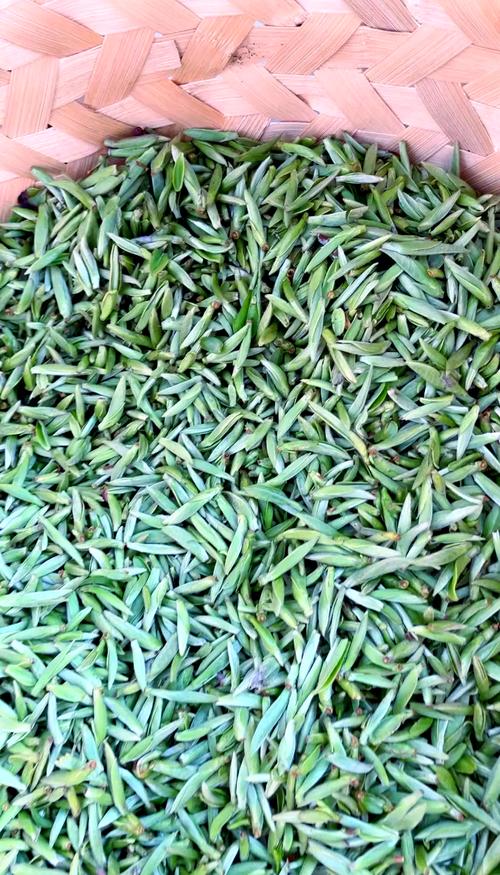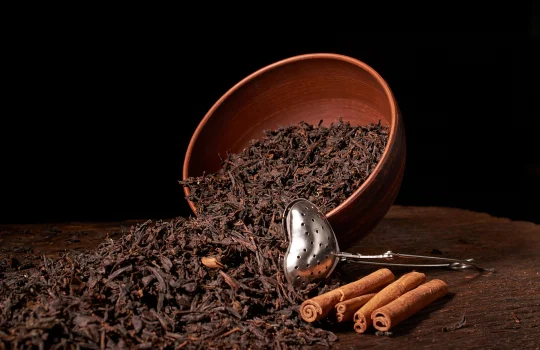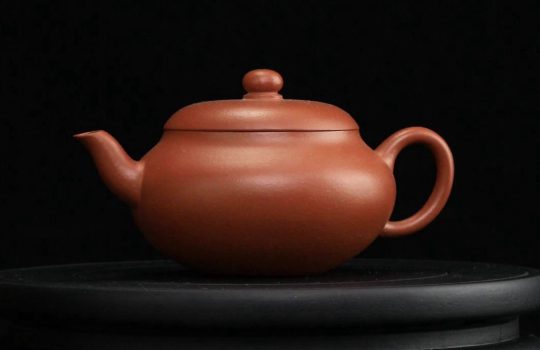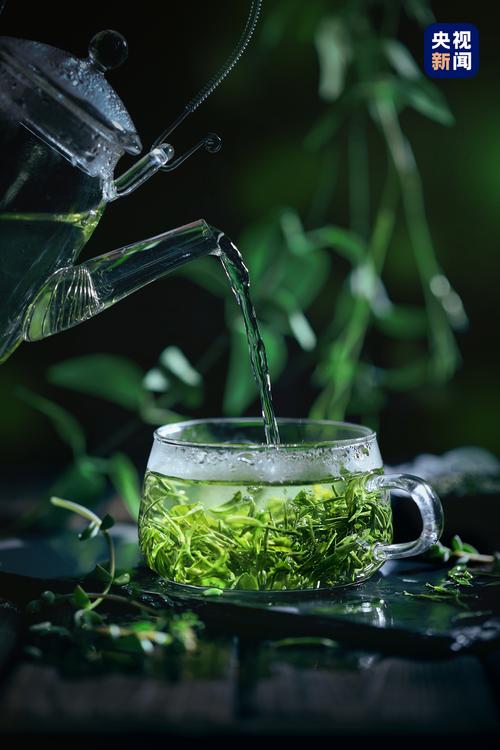The growth and harvesting of tea are seasonal and may vary with changes in natural conditions. If there is too much water, the tea quality will naturally be lighter; Having a long gestation time, receiving the natural abundance bestowed by heaven and earth. Therefore, according to different seasons, tea can be divided into four seasons: spring, summer, autumn, and winter.
1. Spring tea
Spring tea, commonly known as Chunzai tea or Toushui tea, is a type of tea harvested between early March and early May. It is harvested every spring during the four solar terms of Jingzhe, vernal equinox, Qingming, and Guyu. According to time, tea can be divided into early spring, late spring, before (Qing) Ming, after (Qing) Ming, before (Gu) rain, after (Gu) rain, etc. (incubation and harvesting period: from the end of winter tea harvesting to early May, accounting for 35% of the total yield). The harvesting period is 20-40 days, depending on the climate in different regions.
Due to the moderate temperature, abundant rainfall, and absence of pest and disease hazards in spring, coupled with the tea tree’s half year winter rest and recuperation, the spring shoots, buds, and leaves are plump, green in color, and soft and tender in texture. Especially rich in amino acids, corresponding total nitrogen, and various vitamins, spring tea has a fresh and lively taste, rich aroma, and excellent quality.
2. Summer tea
The picking time of summer tea is usually from mid to late May to June every year. It is the newly developed tea leaves after a period of time of spring tea picking, concentrated between the six solar terms of Lixia, Xiaoman, Mangzhong, Summer Solstice, Xiaoshu, and Dashu. It is divided into the first summer tea and the second summer tea.
The first summer tea is either Toushui Xiazai or Ershui tea (incubation and harvesting period: mid to late May to late June, accounting for 17% of the total yield).
The second summer tea is commonly known as June White, Big and Small Summer Tea, and Er Shui Xia Zai (gestation and harvesting period: early July to mid August, accounting for 18% of the total yield).
Due to the hot summer weather, the new shoots, buds, and leaves of tea trees grow rapidly, resulting in a relative decrease in the content of water extracts that can dissolve tea soup, especially in the reduction of amino acids and total nitrogen content. Due to the influence of high temperatures, summer tea is prone to aging, resulting in a more bitter taste and less intense aroma compared to spring tea.
3. Autumn tea
Autumn tea is tea harvested after the autumnal equinox, and is harvested between the four solar terms of Liqiu, Chushu, Bailu, and Autumnal Equinox each year. It is divided into the first autumn tea and the second autumn tea.
The first autumn tea is called autumn tea (incubation and harvesting period: late August to mid September, accounting for 15% of the total yield).
The second autumn tea season is called Bailu bamboo shoots (incubation and harvesting period: late September to late October, accounting for 10% of the total yield).
Due to the climate conditions in autumn being between spring and summer, with high temperatures and refreshing air, it is conducive to the synthesis and accumulation of aromatic compounds in tea. Tea trees grow and are harvested in spring and summer. The content of new shoots and buds is relatively reduced, and the size of leaves varies. The bottom of the leaves is crispy, the color of the leaves is yellow, and the taste and aroma appear relatively calm.
4. Winter tea
The picking time of winter tea is concentrated between the four solar terms of Cold Dew, Frost Descent, Beginning of Winter, and Light Snow every winter (incubation and picking period: late November to early December, accounting for 5% of the total yield).
Due to the gradual cooling of the climate, the growth of new shoots and buds of winter tea is slow, and the contents gradually accumulate. The taste is mellow and the aroma is relatively strong.
People love spring tea, but not every type of tea is the best. For example, oolong tea is superior to summer tea. Due to the high temperature in summer, tea buds grow larger, with thick white hairs, and tea contains more catechins. In short, tea has different characteristics in different seasons and should vary according to the tea.




